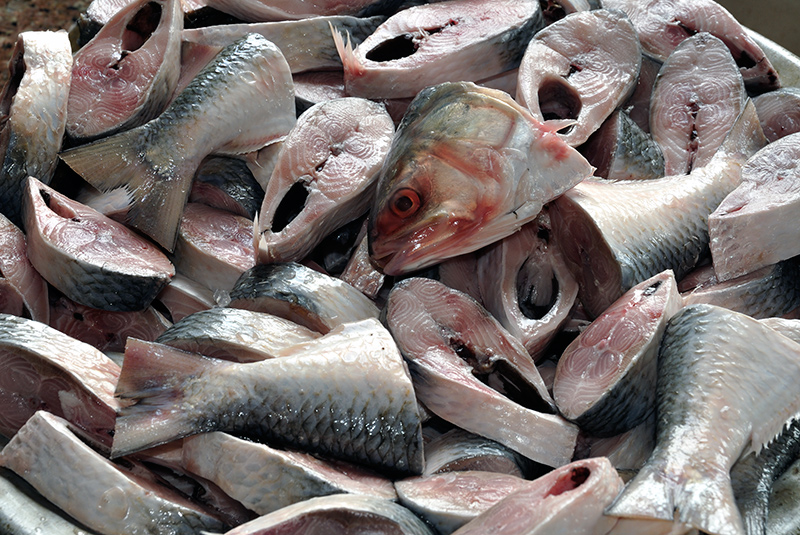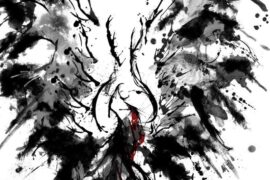Every September and October, it’s hands off the rivers and lakes for Bangladesh’s fisher community. It’s the time when the Hilsa, Tenualosa Ilisha, returns to the rivers from the sea – and starts to spawn and repopulate. After a few weeks, the adults return to the Bay of Bengal, leaving millions of eggs known as Jhatka.
Any fishermen caught trying to catch one in this season will see their boats seized, and will be fined with a potential jail sentence. Fishing is also banned between March to April when the Hilsa breeds in large numbers.
For the Hilsa, Bangladesh’s national fish, it’s a small moment of peace from a lifetime of being overfished by the nearly half a million fishers who rely on it for a livelihood. Contributing a little over one percent to Bangladesh’s GDP by its sale alone, the Hilsa is increasingly on its way out.
In many parts of India and Bangladesh, the fish is literally being loved to death – eaten at festive occasions and as a regional delicacy. Between 2001-02, Hilsa production was over 284,000 MT a year. In 2013-14, it was 385.14. While banning the fishing of Hilsa babies has helped replenish stocks, it’s also increased the production of Hilsa from aquacultures dramatically.
Copyright©Madras Courier, All Rights Reserved. You may share using our article tools. Please don't cut articles from madrascourier.com and redistribute by email, post to the web, mobile phone or social media.Please send in your feed back and comments to [email protected]











